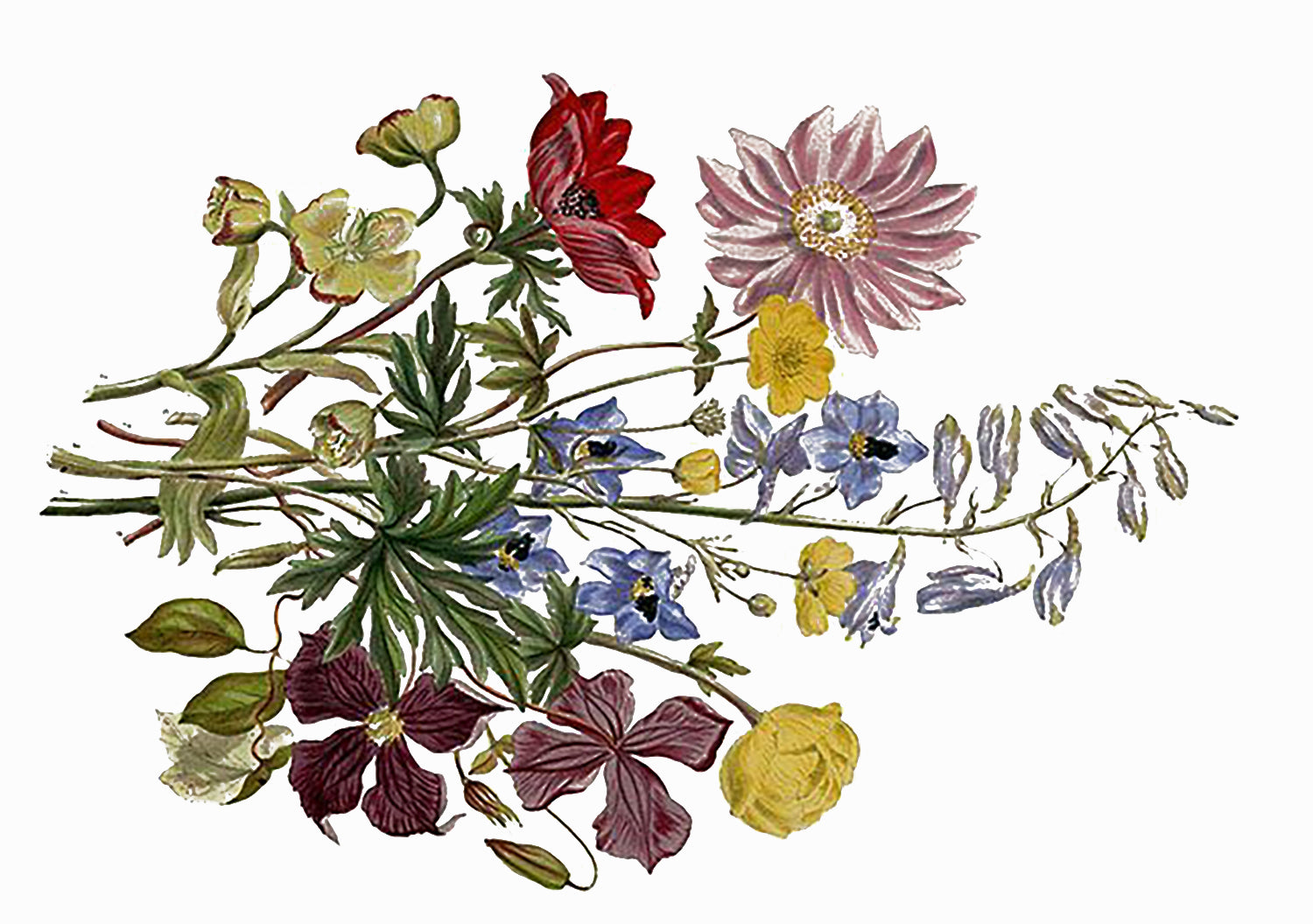
By Bryan Meador
How to Grow: Pollinator Wildflowers
Wildflowers are not only beautiful, but they are also an important food source for pollinators like bees, butterflies, and hummingbirds. By planting wildflowers in your garden, you can help support and sustain these essential creatures, and in turn, the wider ecosystem.
Follow these simple steps to grow your own wildflower garden and enjoy the benefits it brings to your backyard and beyond.
Step 1
Choose a location for your wildflower garden that gets plenty of sunlight. Wildflowers generally prefer full sun, but some species can tolerate partial shade.
Step 2

Install your Sead Pod vertical garden planters and make sure they are securely attached and level.
Step 3
![]() Plant your wildflower seeds no more than 1/2" inch deep and gently press down to ensure good soil contact.
Plant your wildflower seeds no more than 1/2" inch deep and gently press down to ensure good soil contact.
Step 4
![]() Water the seeds well, making sure the soil stays evenly moist but not soggy. To speed the germination process, place a clear plastic bag or plastic wrap over the top of the planters to create a mini greenhouse effect and help keep the soil moist.
Water the seeds well, making sure the soil stays evenly moist but not soggy. To speed the germination process, place a clear plastic bag or plastic wrap over the top of the planters to create a mini greenhouse effect and help keep the soil moist.
Step 5
![]() Keep the seeds moist and in a warm location (around 70-75°F) until they germinate, which should take about 7-14 days. Once the seedlings have emerged, remove the plastic cover and place the planters or planting area in a sunny location.
Keep the seeds moist and in a warm location (around 70-75°F) until they germinate, which should take about 7-14 days. Once the seedlings have emerged, remove the plastic cover and place the planters or planting area in a sunny location.
Step 6
As the wildflowers grow, water them regularly and fertilize every 2-4 weeks with a balanced liquid fertilizer. Pinch off any flowers that appear to encourage leaf growth.
Step 7
Protect the young plants from pests and diseases by keeping the area around them free of weeds and debris, and applying appropriate pest control measures as needed.
-
With a little care and attention, you'll have a beautiful wildflower garden in no time! Enjoy the colorful blooms and the benefits they bring to pollinators and the wider ecosystem.
